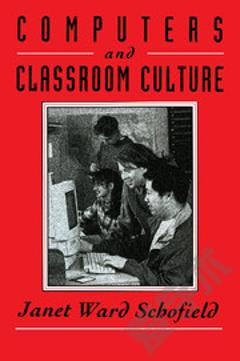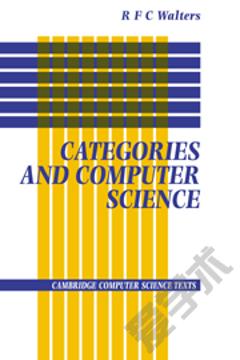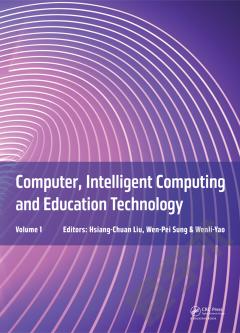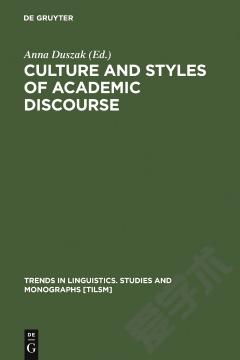Computers and Classroom Culture
As important as it is to realize the potential of computer technology to improve education, it is just as important to understand how the social organization of schools and classrooms influences the use of computers, and in turn is effected by that technology in unanticipated ways. In Computers and Classroom Culture, first published in 1996, Janet Schofield observes the fascinating dynamics of the computer-age classroom. Among her many discoveries, Schofield describes how the use of an artificially-intelligent tutor in a geometry class unexpectedly changes aspects like the level of peer competition and the teachers' grading practices. She also discusses why many teachers fail to make significant instructional use of computers and how gender appears to have a crucial impact on students' reactions to computer use. All educators, sociologists, and psychologists concerned with educational computing and the changing shape of the classroom will find themselves compellingly engaged.
{{comment.content}}








 京公网安备 11010802027623号
京公网安备 11010802027623号